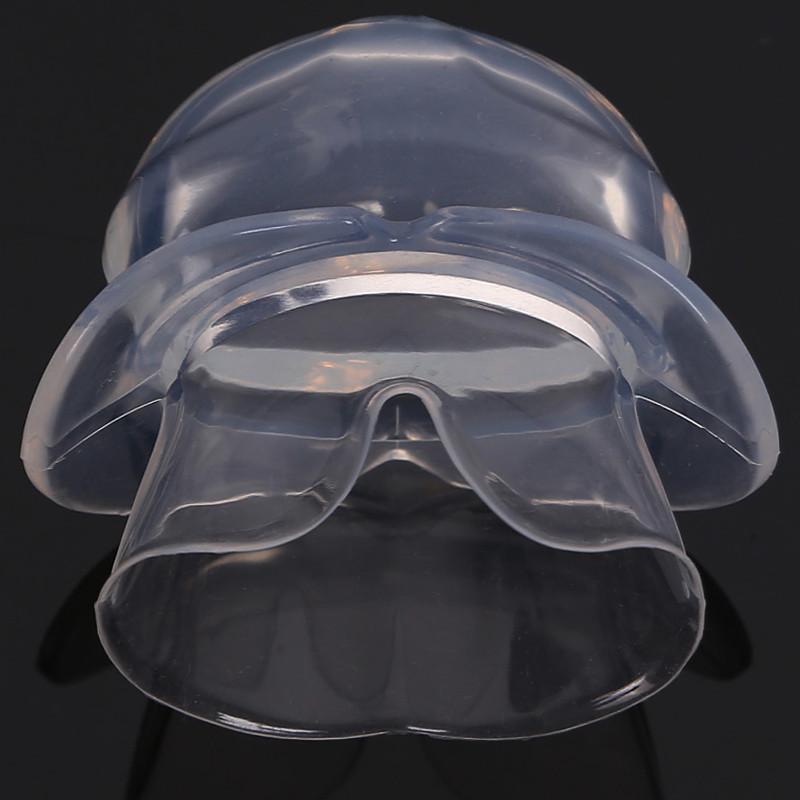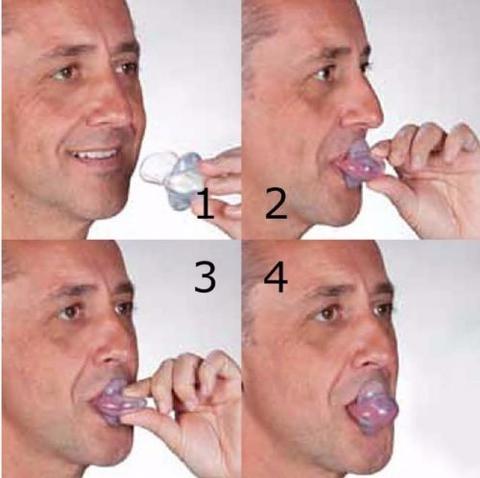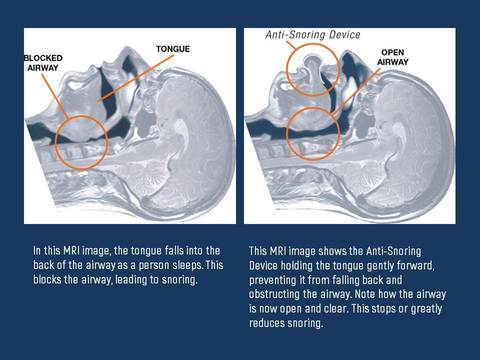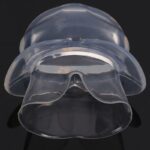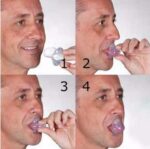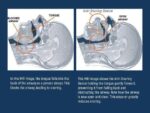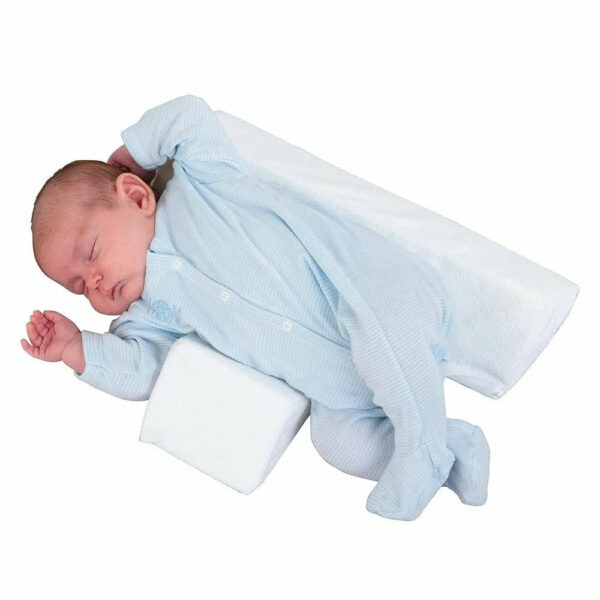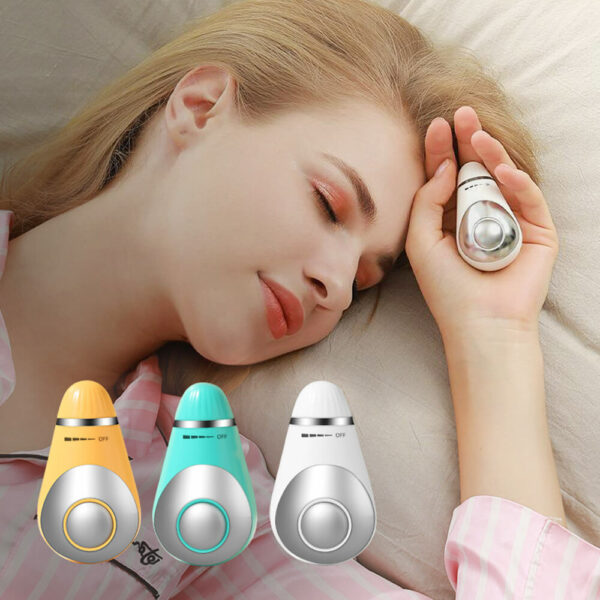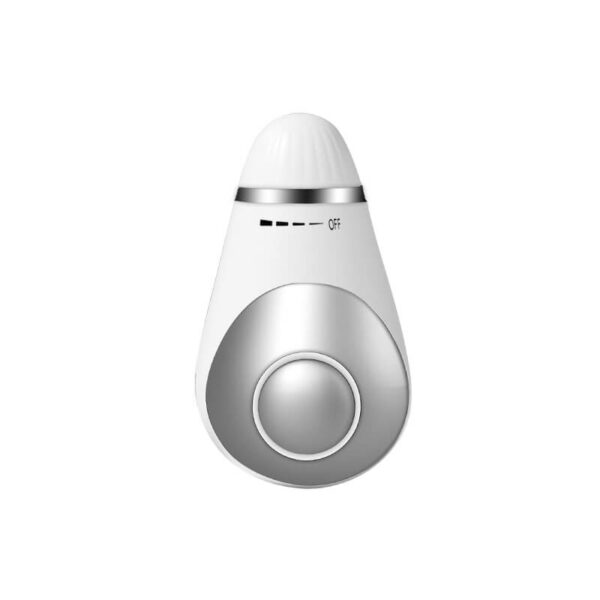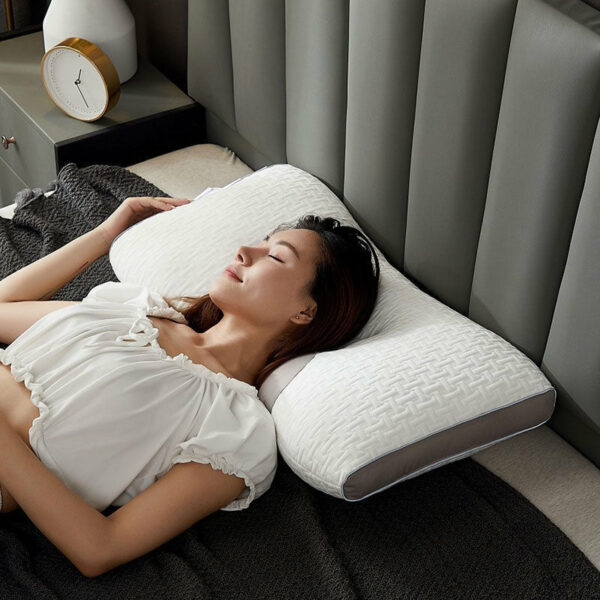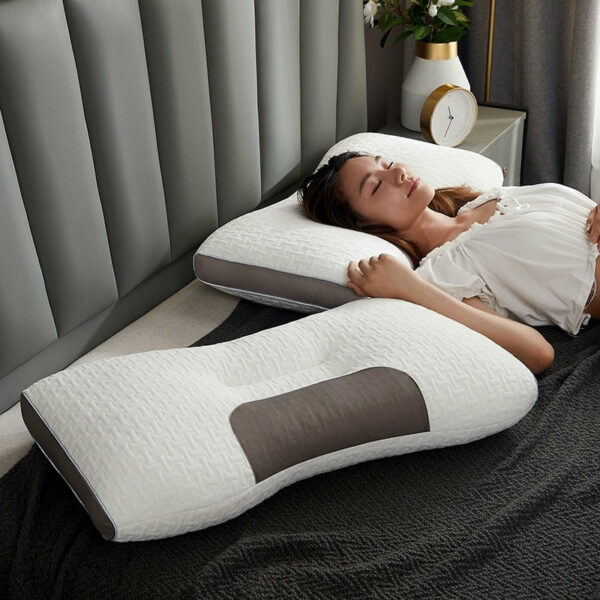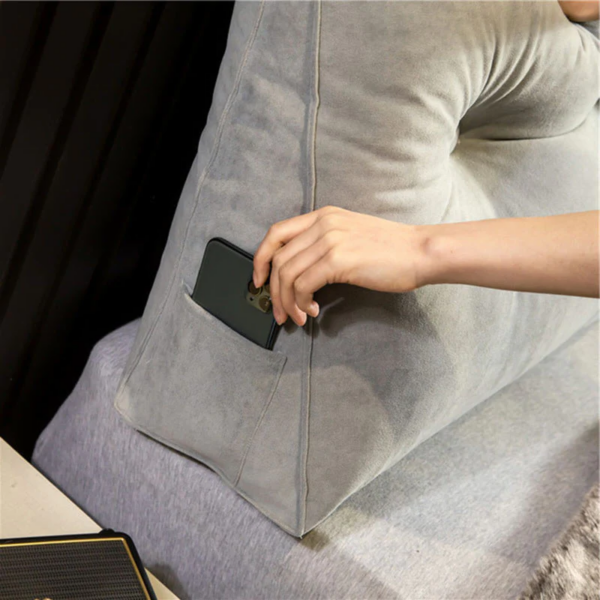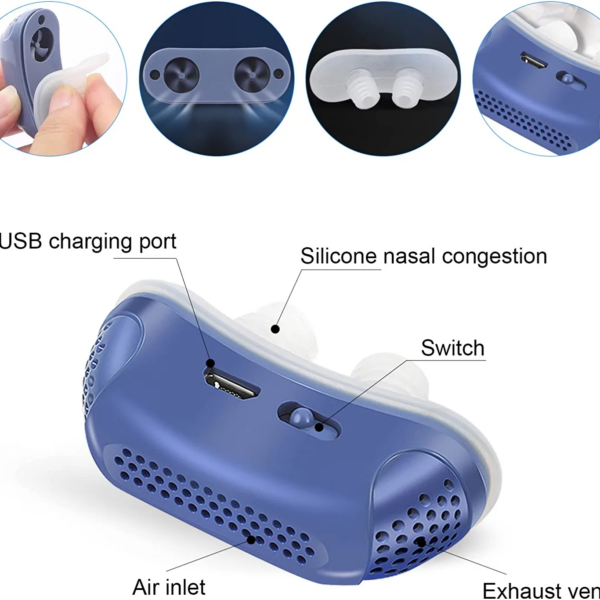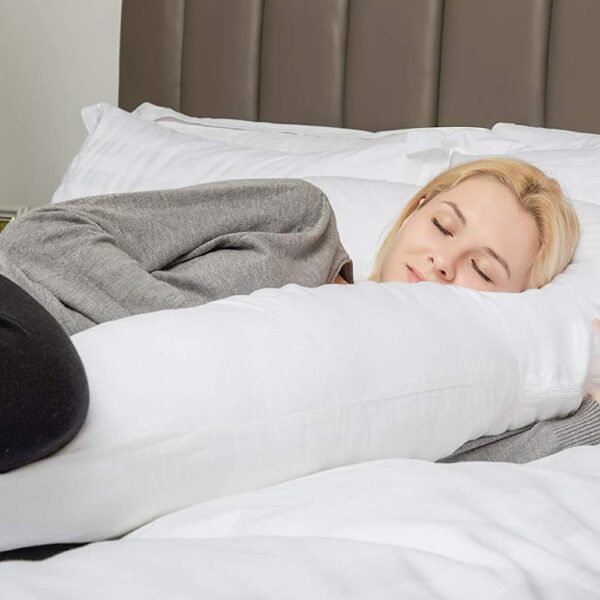Anti Snore TSD (Tongue Stabilizing Device)
The Anti Snore TSD is a simple, inexpensive, and non-invasive solution for snoring. It is a one-size-fits-all device that uses tongue displacement technology.
No molding, trimming, or jaw modifications are required. It is suitable for denture wearers as it does not put pressure on gums, jaw, or teeth. It is also an option for those who find it difficult to adjust to mandibular advancement devices (MADs).
Control your tongue…Reduce snoring
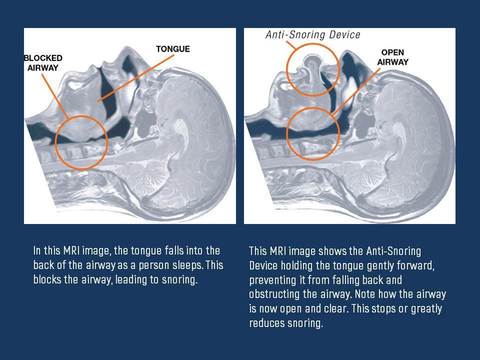
The Anti Snore TSD is a simple, effective, and non-invasive device designed to help reduce snoring.
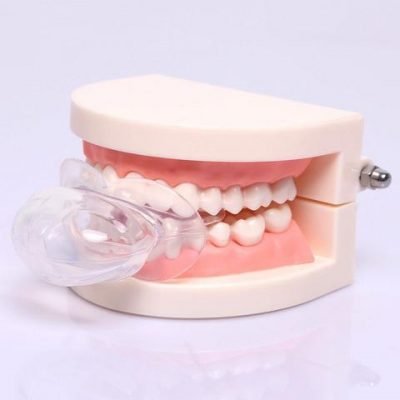
Unlike traditional mandibular advancement devices that indirectly move the tongue forward by moving the jaw, the Anti Snore TSD gently suctions to the tip of the tongue. This helps prevent the tongue from falling back into the throat and obstructing the airway. It may also help prevent clenching and tooth grinding by positioning the tongue between the upper and lower teeth.
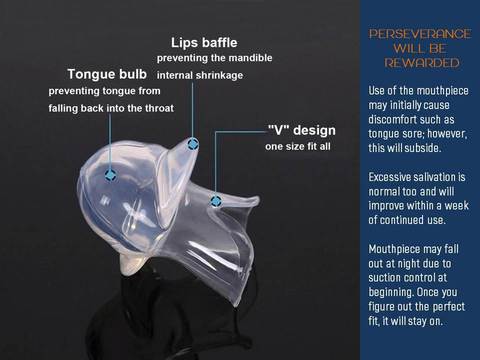
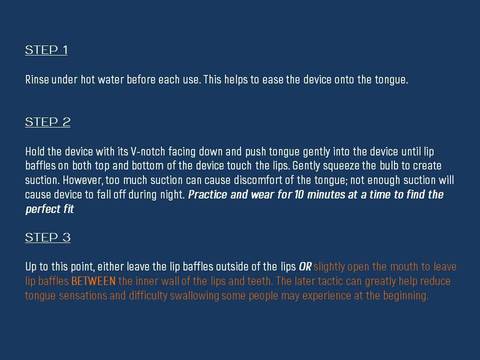
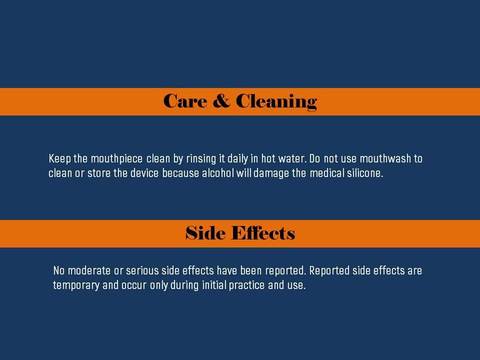
Made of soft medical-grade silicone, the Anti Snore TSD is a one-size-fits-all model. It requires no impressions, no adjustments, and has no moving parts. It may be suitable for individuals with TMJ issues and those who are edentulous.
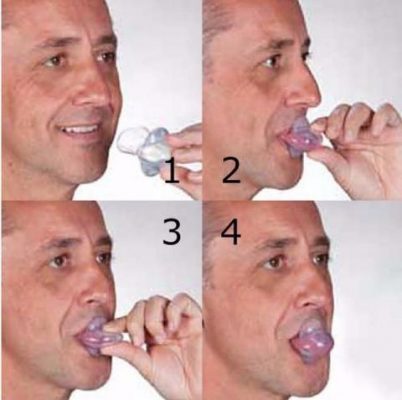
How to use it:
- Place the TSD in your mouth, resting between your front teeth and lips. The protruding bulb should be outside your mouth.
- The side with the small cut on the TSD should be positioned towards the bottom of the mouth.
- Squeeze the bulb to expel air.
- Place your tongue in the tube and release the bulb. This creates suction, and your tongue attaches to the bulb area of the TSD.
What causes snoring?

Snoring can be caused by a narrowing of the upper airway during sleep. This may be due to factors such as large tonsils, a soft palate, a long uvula, or excessive tissue in the throat. These areas can relax during sleep.
Nasal congestion from allergies or structural issues in the nose can also contribute to airway narrowing.
By helping to keep the airway open, air may travel more slowly, potentially reducing throat vibrations and diminishing snoring. Holding the tongue forward is one method that may help keep the airway open during sleep.
A common cause of upper airway narrowing is the tongue muscle relaxing too much during sleep. When relaxed, it can be drawn back into the throat with each breath, potentially obstructing the airway.
Snoring occurs when air travels faster through a narrow passage, causing the relaxed soft tissues of the throat to vibrate, which creates the sound of snoring.
Common factors associated with snoring:
- Sleeping on the back
- Large tonsils, long soft palate, or uvula
- Excessive tongue relaxation during sleep
- Being overweight
- Nasal congestion from colds, allergies, or nasal cartilage issues
- Menopause
- Consuming alcohol, certain medications, or tobacco products before sleep
- Hypothyroidism
Who snores?
Snoring is common in the adult population. The incidence may increase with age as tissues in the upper airway may lose elasticity and vibrate more during breathing. When the airway is reduced during sleep, the tongue may be more easily drawn into the back of the throat, potentially obstructing the airway.
- Snoring is common in both men and women over the age of 40.
- Snoring can occur in children, particularly if they have a chest infection or enlarged tonsils.
- Snoring is also commonly experienced by women during the later stages of pregnancy.
Material: High Quality Silicone
FDA Disclaimer: These statements and products have not been evaluated by the FDA. They are not intended to diagnose, treat, cure, or prevent any disease or condition. If you have a health concern or condition, consult your physician.
Always consult a medical doctor before modifying your diet, using any new product, drug, supplement, or starting any new exercises.
Individual results may vary.


